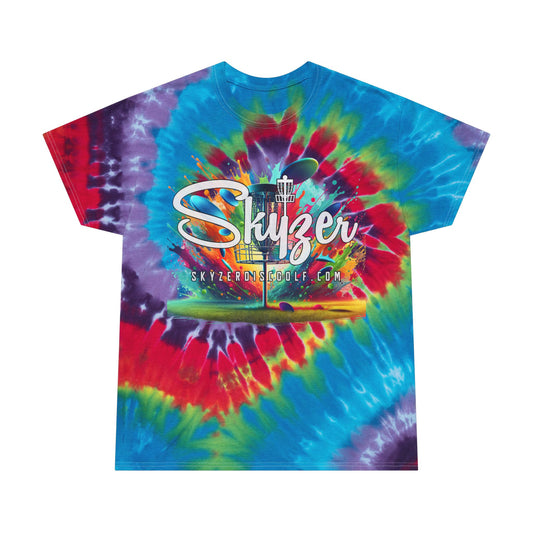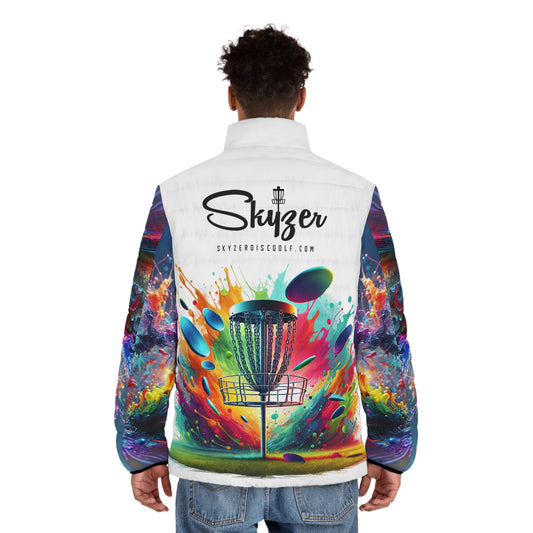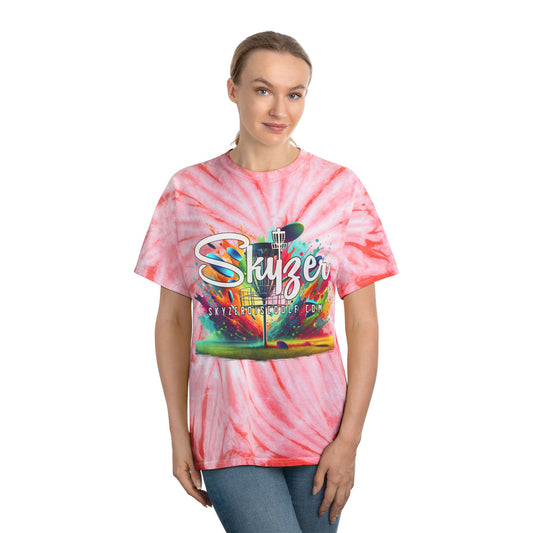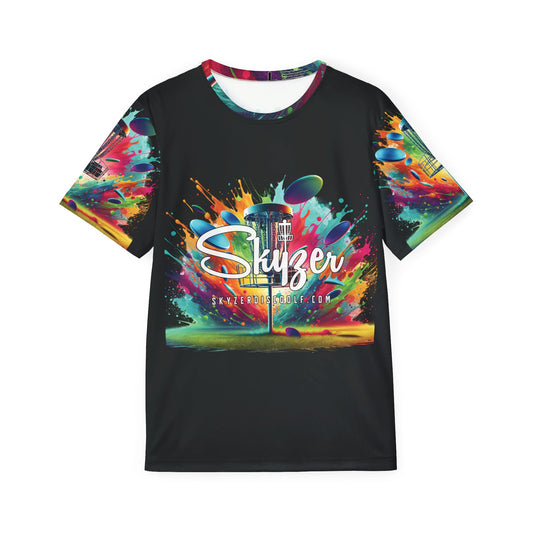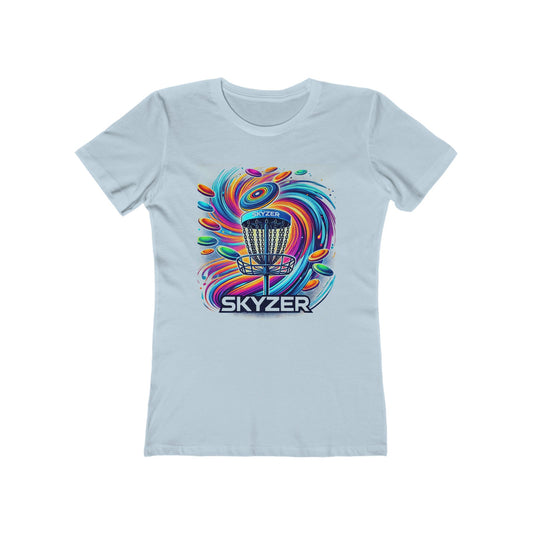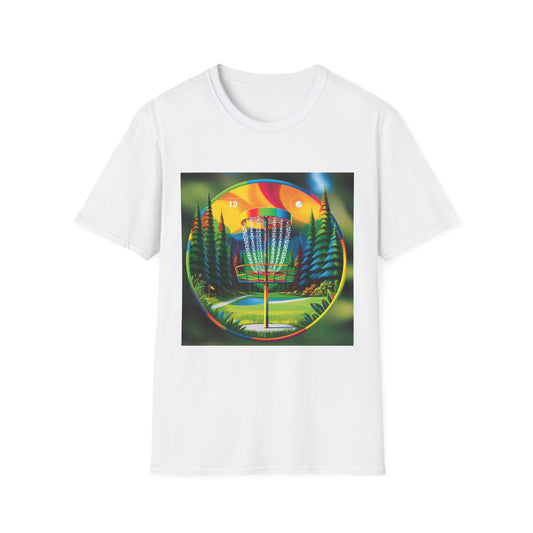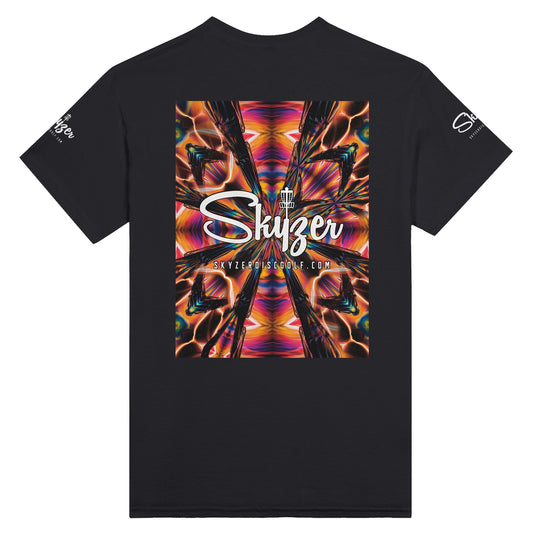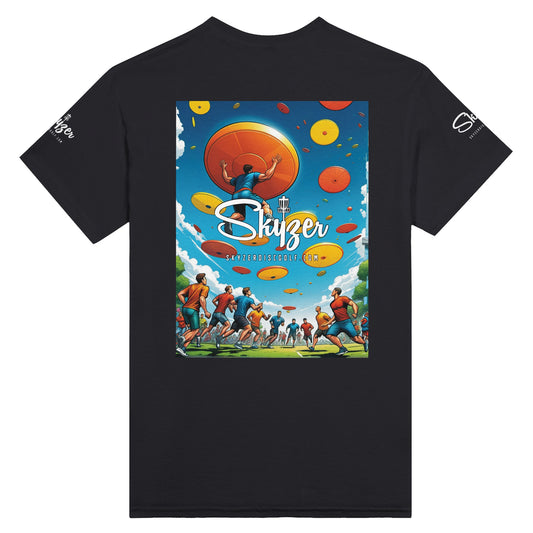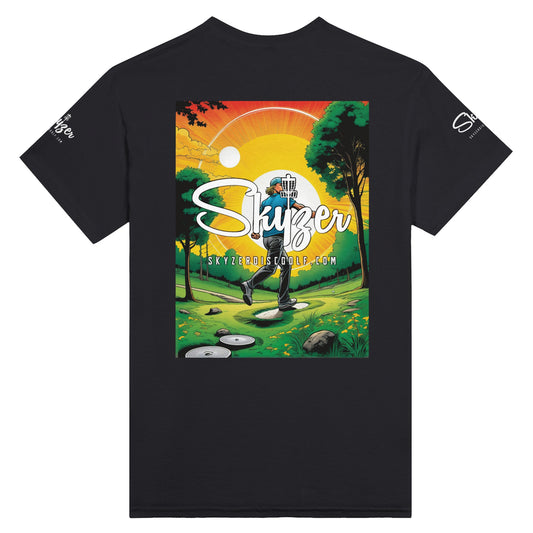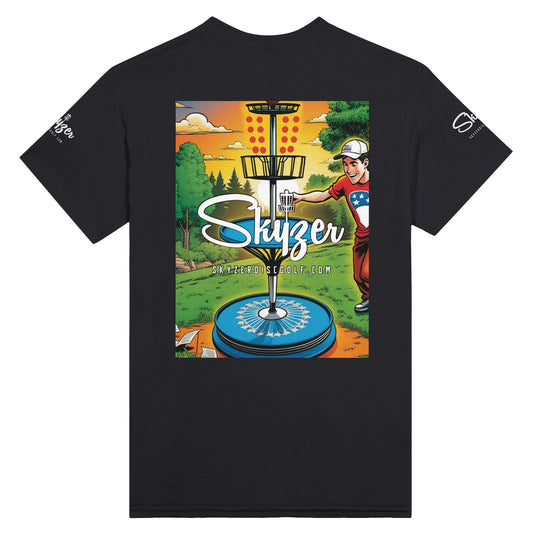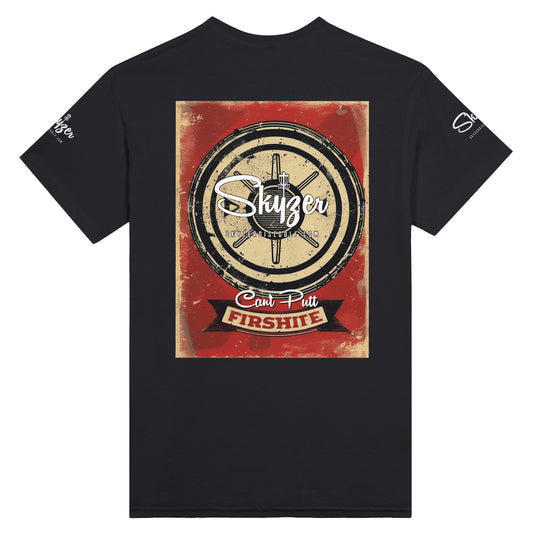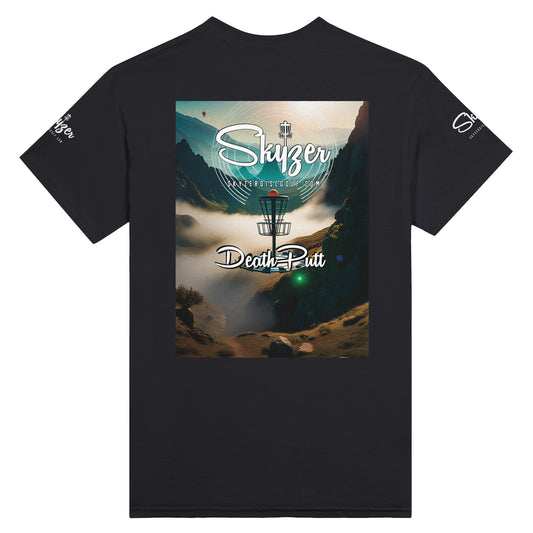
Topic: Why Putter-Only Rounds Will Make You a Better Disc Golfer
Share
Every disc golfer wants to throw farther. It’s natural. Watching your driver soar past 400 feet is fun, satisfying, and sometimes even necessary for scoring. But there’s a secret weapon that separates good players from truly skilled ones — and it doesn’t have a wide rim or flashy speed number.
It’s your putter.
Enter the putter-only round — a training method that’s been quietly used by top players for decades, and one of the simplest, fastest ways to improve your accuracy, control, and overall course IQ.
What Is a Putter-Only Round?
It’s exactly what it sounds like. You play a full round using only your putters — off the tee, in the fairway, and around the basket. No mids. No fairways. No drivers. Just soft, low-speed discs that require clean form and intentional shot shaping.
At first glance, this might sound like a handicap. And that’s the point. By removing your ability to rely on distance or overstability, you’re forced to develop touch, trust, and precision.
The Skills You’ll Build
-
Form Purity – Putters exaggerate flaws. If your release angle is off, if your nose is up, or if your timing is late, you’ll see it immediately. Playing with putters exposes bad habits and forces you to fix them. Quickly.
-
Angle Control – Drivers can mask a bad hyzer or an undercooked anhyzer. Putters can’t. Learning to throw a putter on a 250-foot hyzer or turnover teaches you how to shape lines correctly — and how to make discs work without overpowering them.
-
Landing Precision – With slower speeds, putters don’t skip. They sit. They stick. This means you have to land them exactly where you want, rather than relying on a skip-in or flare finish. It trains you to plan landing zones and control ground play.
-
Mental Clarity – A putter-only round simplifies disc selection and forces you to rely on execution over equipment. That’s a mental reset many players need after overthinking bags or obsessing over molds.
Why the Pros Do It
Many touring professionals incorporate putter-only fieldwork and rounds into their off-season training. Players like James Conrad, Matt Orum, and Adam Hammes are known for deadly touch shots — not just because of raw talent, but because of time spent mastering low-speed control.
It’s common to see pros warming up with putter-only holes, building tempo and timing before dialing in higher-speed shots.
Some even use putters off the tee during tournament play — especially on wooded par 3s where placement is more valuable than power. That only works if you’ve put in the reps.
How to Try It
-
Pick a shorter course (ideally under 6,000 feet)
-
Use 1–2 putters only — preferably one stable and one slightly understable
-
Play solo or with friends, but keep score and treat it like a real round
-
Focus on clean releases, consistent angles, and intentional landing zones
You’ll be surprised how many birdie opportunities you still get — and how few bogeys you take once your short game tightens up.
Bonus: Putter Distance Feels Empowering
Many players discover something eye-opening during a putter-only round: they can throw putters much farther than they thought. With clean form and a confident release, 250 to 300 feet is more than achievable — and suddenly you start wondering why you ever needed to pull out a midrange on certain holes.
Final Thoughts: Train Smarter, Not Just Harder
Throwing putters only isn’t about playing worse — it’s about getting better. It strips disc golf down to its fundamentals and puts your skills under a microscope. If you want to improve your throwing mechanics, shot shaping, and mental course management, putter-only rounds might be the best training tool you’re not using.
At Skyzer Disc Golf, we’re big believers in “slow discs, fast results.” Don’t underestimate what your putter can teach you — it might be the smartest disc in your bag.

